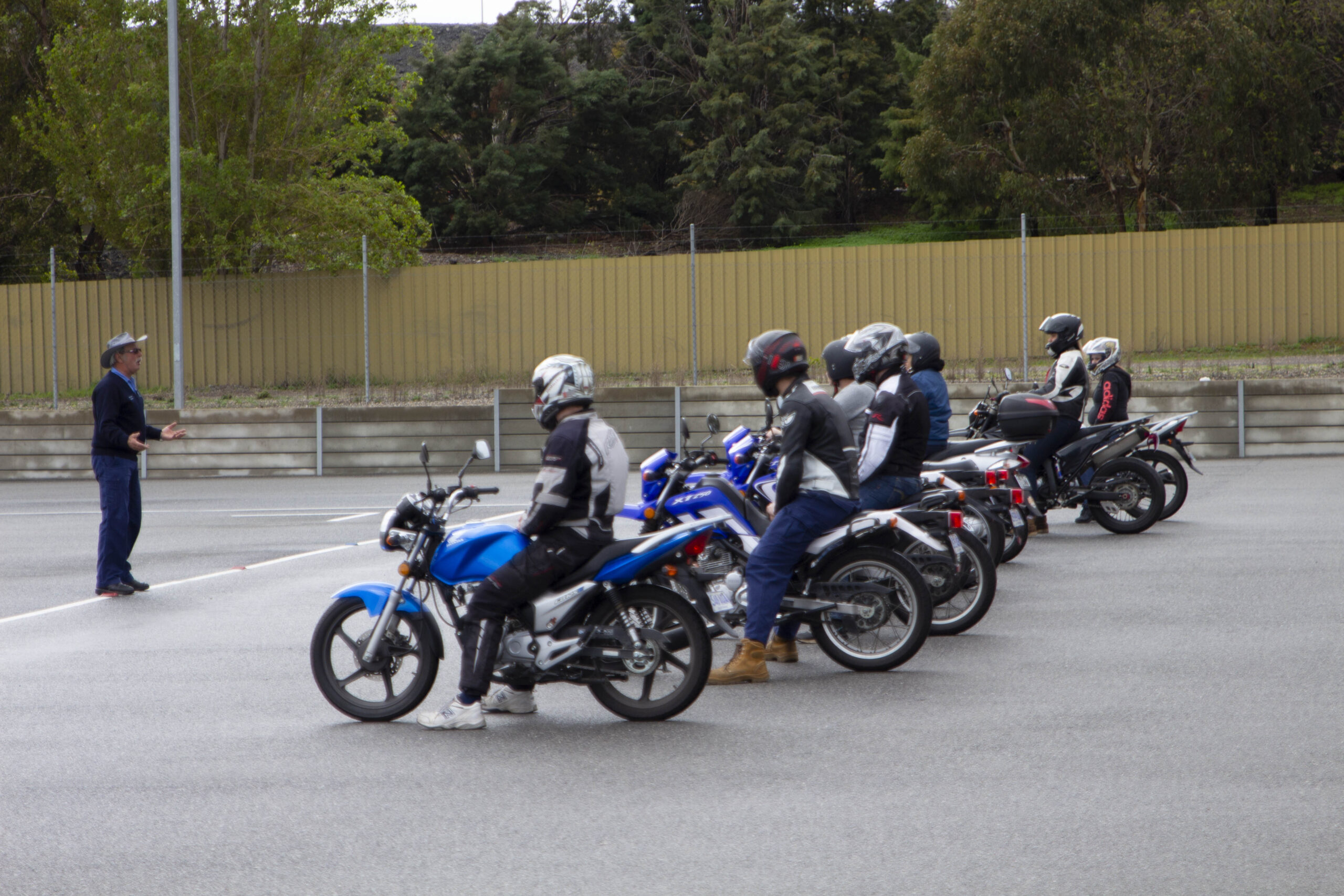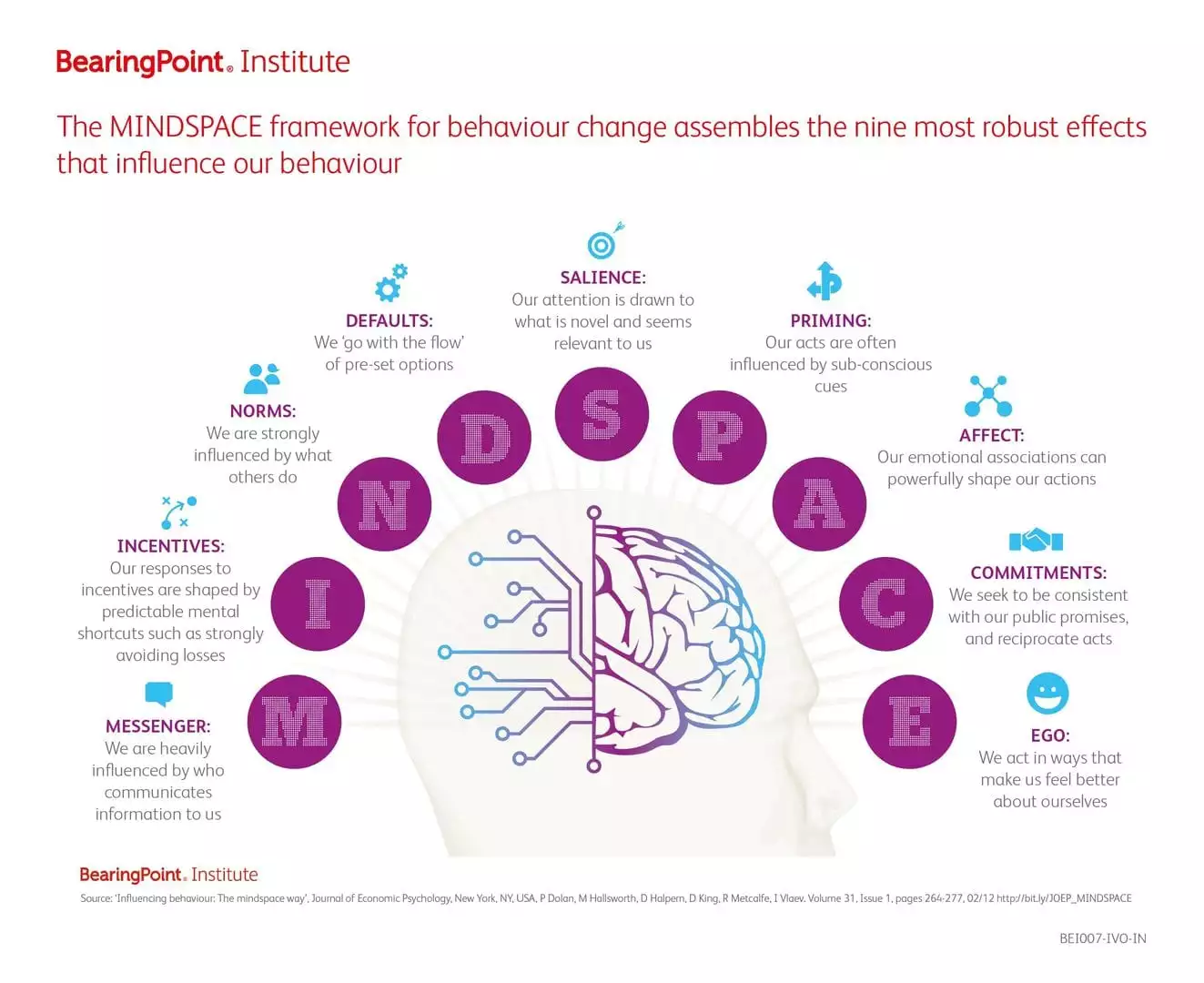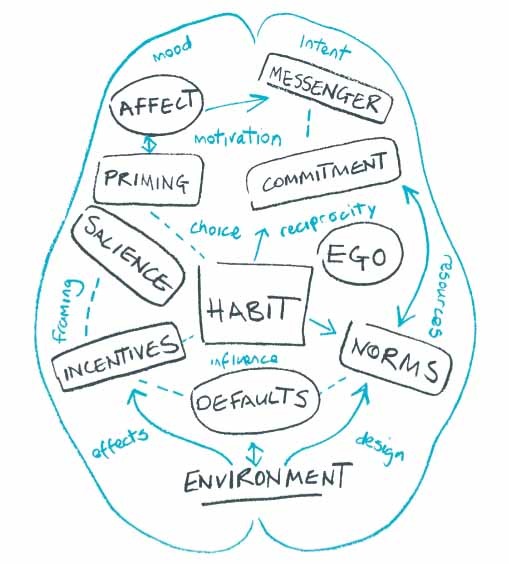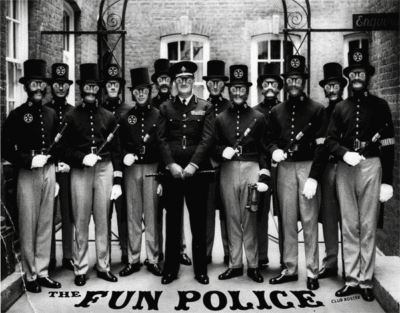Mindfulness, motorbikes and behaviour change
Over the past few days in Adelaide, a city of only 1.3 million people, three motorcyclists died.
My thoughts are with the families and loved ones.
Motorcylist dies after Blair Athol crash
The young men – aged 25, 20 and 36 – bring the lives lost on South Australian roads to 88 so far this year, and 18 motorcycle fatalities, compared to 55 lives lost at the same time last year.
For the full year of 2022 there were 13 motor cycle fatalities on South Australia roads (more >), and 2023 is already five ahead with 25% of the year still to go.
Some scary facts (from here >) …
- Motorcyclists represent 17% of all lives lost yet only 4% of all registered vehicles on South Australian roads
- Of the motorcyclist crashes that result in lives lost or serious injury, 65% occur in the metropolitan Adelaide and CBD area
- Over half of motorcycle crashes (55%) which resulted in a life lost or a serious injury involved the motorcycle only
- Most of these crashes (87%) were run-off-road crashes and just under one half occurred on a curved section of the road
- Males made up 94% of motorcycle rider lives lost and serious injuries compared to 60% of light vehicle driver lives lost and serious injuries in South Australia
- 87% of motorcycle licence holders in South Australia are male
- Thirty per cent of riders who lost their lives on South Australian roads were not licensed
According to SA Police statistics, total fatalities have increased in South Australia.
Last weekend I successfully completed my Rider Safe Motorcycle Safety course which allows me to get my learns permit . The course was great, and designed for those with some experience and complete beginners to learn the new skill over eight hours over two days.
I’d been thinking about it for some time, and partly through trepidation and other factors it had been delayed. It is surprisingly complex to ride a motorcycle, needing all feet and hands to be obeying with what is required simultaneously or concurrently, and for the head to be ever mindful to what seems to be easy and obvious for an observer or a more experienced rider.
Perhaps it is my age (50+), and the idiom “you can’t teach an old dog new tricks” holds some truth. Or, just that learning new behaviours and retraining entrenched old ones is challenging. Human powered cycling had taught me how to intuitively use my handbrakes that are counter-intuitive to a motorcycle. Typically, when I stop on my mountain bike, I put my right foot down when stopped, so I need to retrain myself to put my left foot down for a motorcycle.
The course was both worthwhile and interesting. Learning new skills, and the fear of not passing and need to repeat the course (participants are given up to the three times).
A key component of the course was road safety, and within this the need to be ever assessing and minimising the risks.
- Search for risks 12 seconds into the future
- Evaluate risks as to how to best respond
- Execute the best response to risks within 2 seconds
The course emphasised the importance of prompting and avoiding dangers in their path and from other road users. Motorcyclists and human power cyclists hold the highest risk of fatality on our roads, and with this requiring ultra-focus and avoiding anything that may distract or impair. One of the things I have ever loved about mountain biking, and flying down hills at seemingly scary pace is the need for mindfulness and focus on the task at hand. There is no time for multitasking.
As humans, in many ways we are being trained to accept distraction, from our phones, social media and otherwise. The default is to accept distraction, and even be cocooned within the safety of increasingly safety equipped cars. Mindfulness is critical in learning new behaviours and avoiding bad behaviours.
There are so many aspects of our lives that illustrate that we are becoming programmed to be unable to focus. Death scrolling on social media, mobile phones / watches constantly updating and a plethora of other distractions. Major contributor to road safety fatalities, motorcycle or otherwise, is distraction, be this from our phones or mindfulness in making wise decisions searching, evaluating and executing the road ahead.
There are many models of behaviour change, yet at the core is shifting defaults towards positive norms. This may come from discouraging negative behaviours and encouraging positive behaviours.
- Negative behaviours – e.g. not riding a motorcycle while stressed, sleepy or with any alcohol in the blood or learning bikes being restricted to a safe capacity and setting other restrictions
- Positive behaviours – e.g. setting strict personal rules as to when it is safe to ride
Some other behaviour change ideas to reduce motorcycle fatalities include …
- Improve Rider Training Programs: Enhance rider training programs to ensure that motorcyclists are adequately prepared for various road conditions and challenges. This might involve using behavioural principles to make the training more engaging and effective. Graduated licensing systems can help new riders gain experience gradually, reducing the risk of accidents. By implementing these systems, riders progress through different levels of licensing with increasing privileges and responsibilities. South Australia offers great programs such as the Basic Rider Safe and Advanced Rider Safe course and assessment.
- Set Limits for Inexperienced Riders: Restrict the capacity of motorcycles for learner and inexperienced motorcyclists, and even restrictions as to when and how motorcycles can be used prior to passing more advanced programs. While this is in force in South Australia and other jurisdiction to some extent, a learner rider is allowed legally ride quite powerful bikes that may be difficult to control with inexperience.
- Target Speeding and Reckless Riding: Use behavioural insights to develop targeted enforcement strategies that discourage speeding and reckless riding. This could involve the use of speed cameras, increased law enforcement presence in high-risk areas, and public awareness campaigns. South Australia, and other jurisdictions have much of this in place.
- Improve Road Infrastructure: Make roads safer for motorcyclists by improving infrastructure. This includes adding more motorcycle-specific lanes, improving road signage, and addressing road hazards that can be particularly dangerous for motorcyclists.
- Promote Defensive Riding: Encourage motorcyclists to adopt defensive riding techniques through education and awareness campaigns. Behavioral economics can be used to design these campaigns effectively, emphasizing the benefits of defensive riding and the potential costs of risky behavior.
- Leverage Technology: Encourage the use of safety technologies in motorcycles, such as anti-lock braking systems (ABS), traction control, and stability control. These features can help riders maintain control in challenging situations. Plus encourage the adoption of motorcycle safety clothing including helmets, vests and other critical default equipment.
- Reduce Alcohol and Drug Impairment: Implement strict penalties for riding under the influence of alcohol or drugs, and conduct public awareness campaigns highlighting the dangers of impaired riding.
- Improve Data Collection and Analysis: Use behavioural economics to incentivize better data collection and analysis of motorcycle accidents. This information can be used to identify trends and develop targeted interventions.
- Motorcycle Community Partnerships: Engage motorcycle communities and organisations in safety initiatives. Peer influence can be a powerful motivator, and involving these groups in safety campaigns can be effective.
- Educate the Wider Community: Educate the wider community, including road users, to be aware of the need to be mindful, not distracting, ever searching, evaluating and executing, and ensuring the roads are safe for more vulnerable road users.
Drive and ride safe. Share the roads. Be mindful. Distraction and speed kills. There is lesson in this for all road users, cyclists, motorbikes and general road users to be more mindful.






